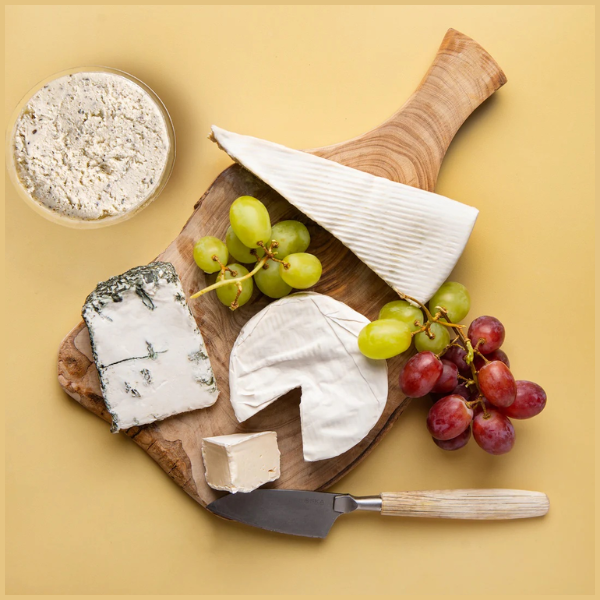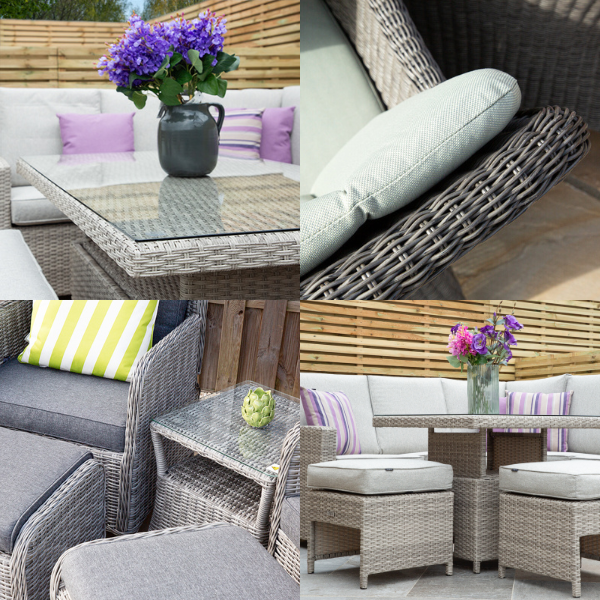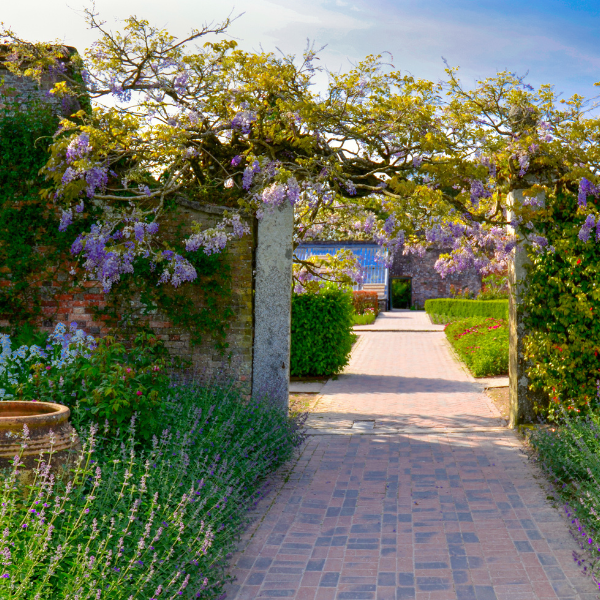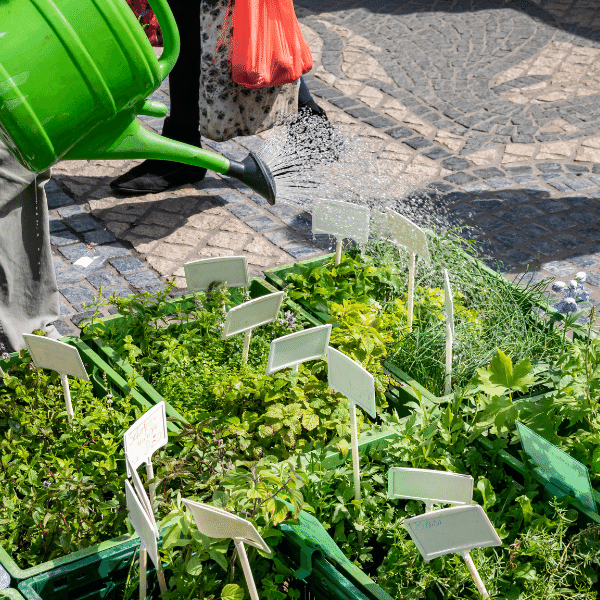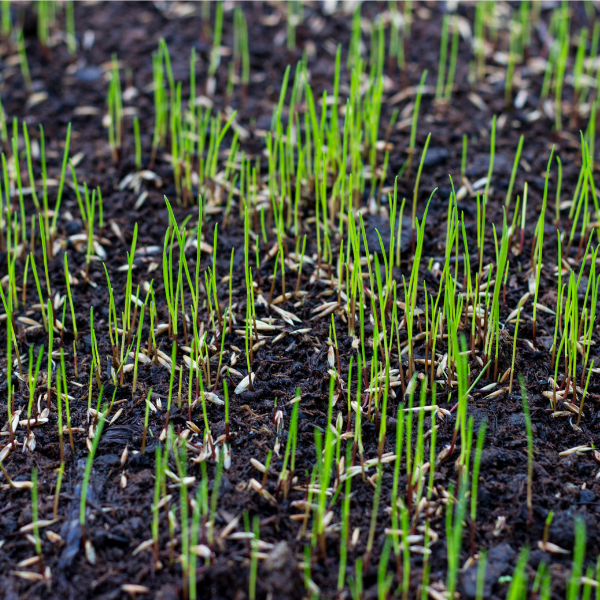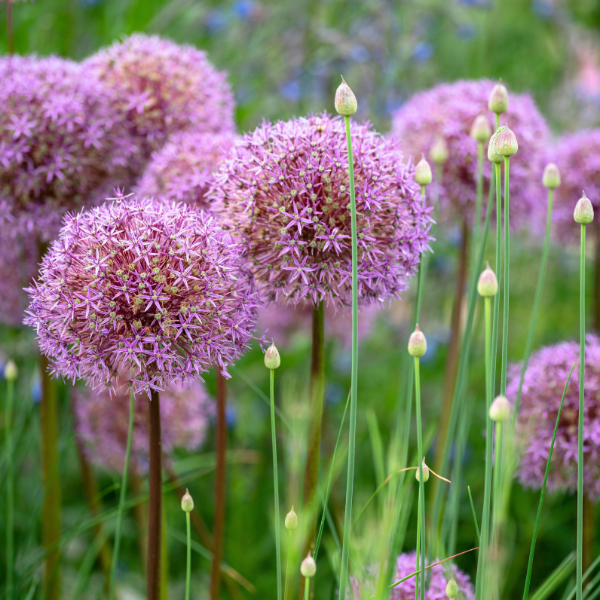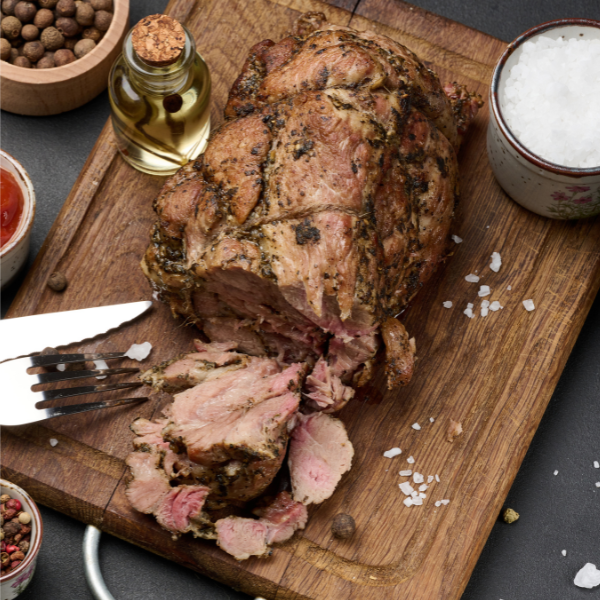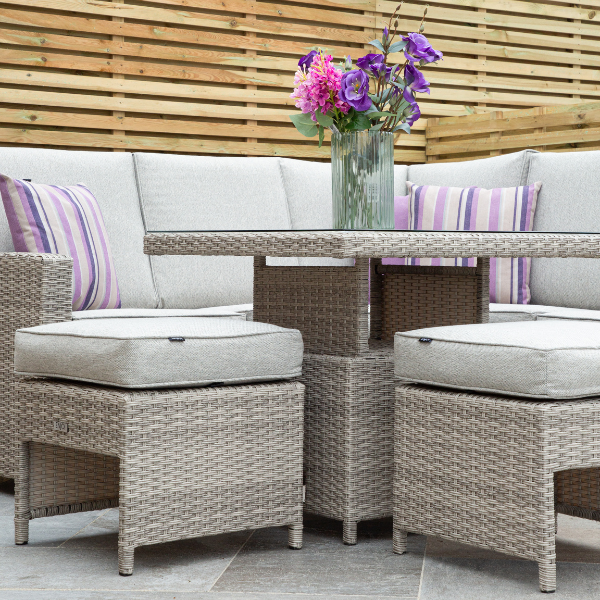How To Set Up a Garden Pond
Want to create your own garden pond? Our handy tips show how to choose the best type and size for your garden plus the plants and fish that will bring it to life….
So, you want to create a garden pond – what do you need to know?
First up, you’ve made a great decision for your local wildlife. Butterflies, bees, beetles, and birds love garden ponds
as a source of fresh water – especially during the dry summer months.
But it’s not just those with wings, gills, or six legs that will benefit: being close to ‘blue space’ is known to lower stress and anxiety in people too.
So where do you start?
Your garden’s size will determine whether you choose a frost-proof pre-formed pond or create a larger pond from scratch using a waterproof liner and protective underlay.
For both types, make sure the location gets good light but isn't in full sunlight all day and is safe if you have small children. Remember that all ponds take time to become established, but what you create will be well worth the wait…
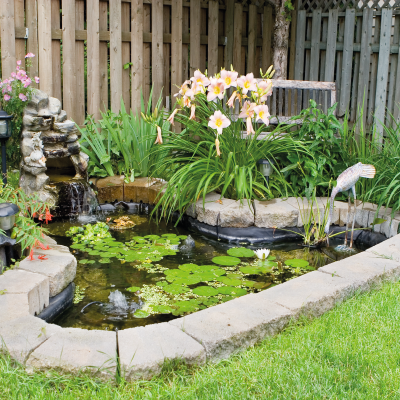
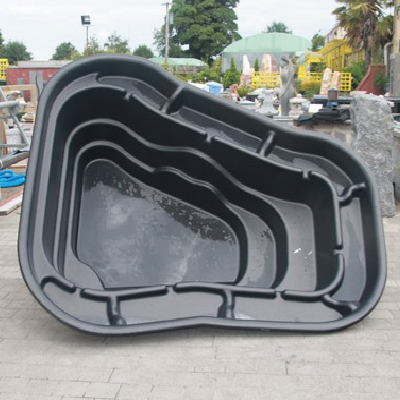
To set up a pre-formed pond:
Step 1: Choose the right shape and size of pond For a wildlife pond, choose one with wider shelves for plants and at different depths to offer a range of habitats. For a fish pond, choose a shape with more deep area versus planting shelves.
Step 2: Measure each level and mark out your space If sinking your pond into the ground, measure the depth of each level and mark out each ‘shelf’ on the earth as well as you can with string before you start digging.
Step 3: Get digging! Dig the hole a little larger than the shape of your pond to ensure a secure fit and line it with pond underlay to protect from sharp stones. If your pond will be standing clear of the ground, leave space around it to create a natural ‘stairway’ for wildlife, using logs, rocks or bricks.
Step 4: Prepare and fill your pond with water
Position your pond in the hole. Cover the bottom with clean gravel – not soil, as this will turn your pond green. Fill it slowly with rainwater (rather than tap) if possible. As the water starts to weigh it down, check the level and correct it by backfilling the space around it with sand as you go. To hide the rim, securely fit slightly overhanging stones or slabs.
Step 5: Bring on the plants…
The fun bit. Choose native plants in mesh-sided aquatic plant pots filled with a low nutrient soil mixed with grit – these, and submerged pondweed, will help oxygenate the water. Add native marginal plants to encourage wildlife.
Step 6: … then add the fish
Koi carp, golden tench or the good old goldfish – choose the right species and number for your pond size. Add oxygen by fitting an air pump: this is vital for fish health. Feed daily with good quality pond fish food.
Step 7: Sit back and enjoy!
Don’t worry if you initially get algae or blanket weed: remove with a stick. Be patient – in time, wildlife will discover your pond, helping to keep the water clear and bring it to life. Top up with rainwater, if needed.
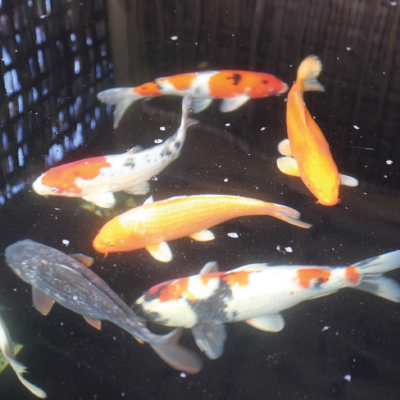
Got a larger space and want to create your own garden pond from scratch? Autumn is the perfect time, as the ground should be wetter. Look out for our blog on how to do this with practical tips and advice.
Come and see us today where our knowledgeable and friendly team are always happy to help.

 2,768 REVIEWS
2,768 REVIEWS